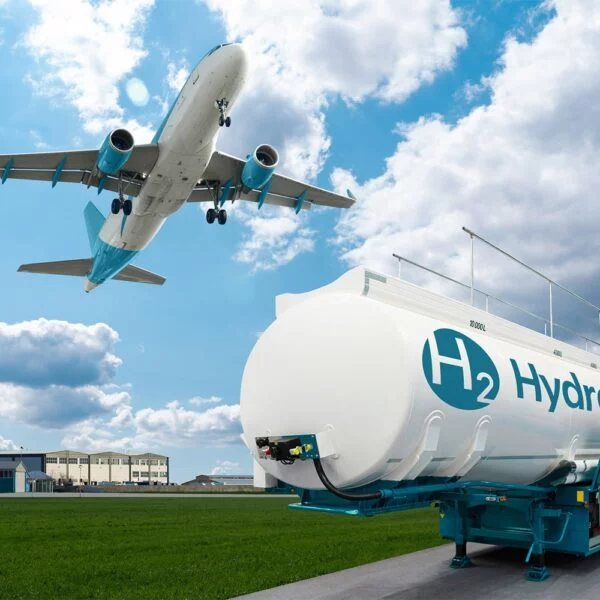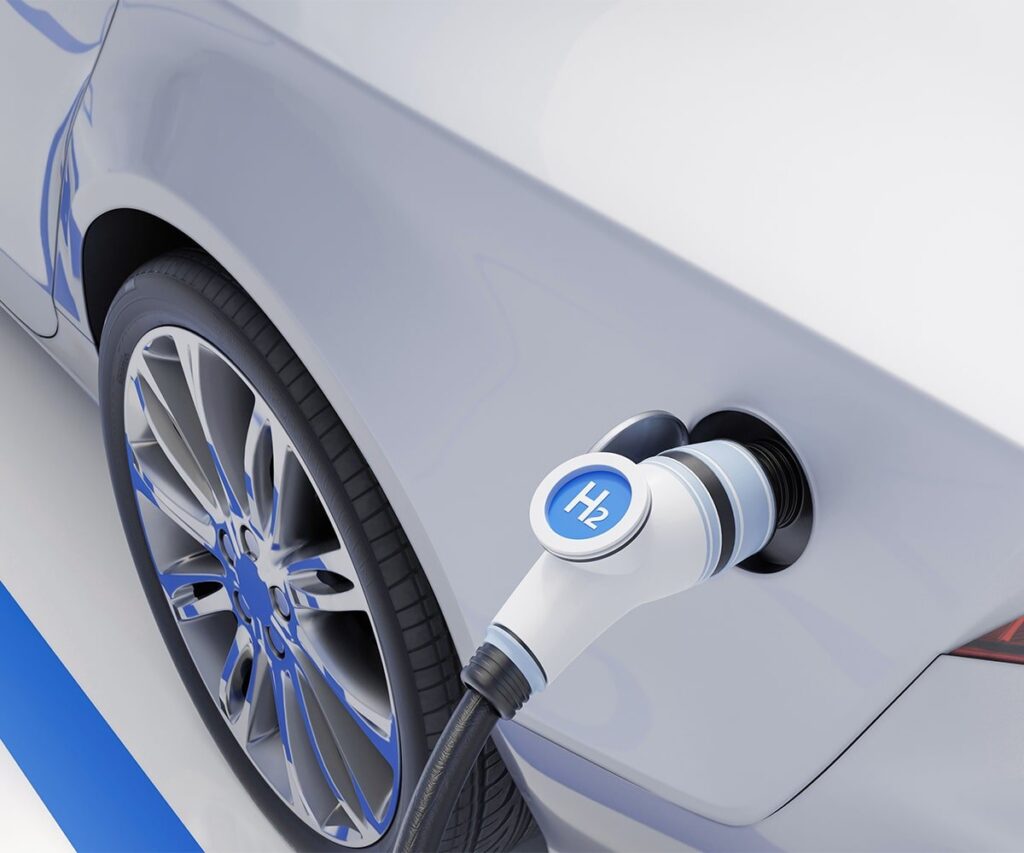
Project Details
Project Name :
إنتاج الهيدروجين كهربائيا.
Category :
مركبات
Green Energy
Electrolytic hydrogen production is a process that uses electricity to split water (H2O) into hydrogen (H2) and oxygen (O2) through a chemical reaction called electrolysis. This method involves passing an electric current through water, causing it to dissociate into its constituent elements.Here's how electrolytic hydrogen production typically works:Electrolysis Setup: Electrolysis typically takes place in an electrolysis cell, which consists of two electrodes (an anode and a cathode) immersed in water (typically with an electrolyte added to improve conductivity). The electrodes are connected to an external power source, such as a battery or an electrical grid.Electrolysis Process: When an electric current is passed through the water, it causes electrolysis to occur. At the cathode (negative electrode), water molecules (H2O) gain electrons (e-) and are reduced to form hydrogen gas (H2): 2H2O(l) + 2e- → H2(g) + 2OH-(aq)At the anode (positive electrode), water molecules lose electrons and are oxidized to form oxygen gas (O2): 2H2O(l) → O2(g) + 4H+(aq) + 4e-Gas Separation: The hydrogen gas produced at the cathode and the oxygen gas produced at the anode are typically collected separately. The gases may undergo additional purification processes to remove impurities before being used or stored.Storage and Utilization: The hydrogen gas produced through electrolysis can be stored for later use or utilized in various applications, including fuel for hydrogen fuel cell vehicles, industrial processes, energy storage, and power generation.Electrolytic hydrogen production offers several advantages:Clean Energy Source: When powered by renewable energy sources such as wind, solar, or hydroelectric power, electrolytic hydrogen production can produce "green hydrogen" with zero greenhouse gas emissions, making it a clean and sustainable energy source.Versatility: Hydrogen produced through electrolysis can be used as a versatile energy carrier for a wide range of applications, including transportation, industry, and electricity generation.Grid Balancing: Electrolytic hydrogen production can help balance electricity supply and demand on the grid by providing a means of storing excess renewable energy during periods of low demand and releasing it as hydrogen when demand is high.Decentralization: Electrolytic hydrogen production facilities can be deployed in various locations, including remote or off-grid areas, providing decentralized energy solutions and enhancing energy access and resilience.Overall, electrolytic hydrogen production is a key technology for enabling the transition to a low-carbon energy system and unlocking the full potential of hydrogen as a clean and sustainable energy source.



THERMAL PROCESSES
At vero eos et accusamus et iusto odio dignissimos ducimus qui blanditiis praesentium voluptatum deleniti atque corrupti quos dolores et quas molestias excepturi sint occaecati cupiditate non provident.
Safety
Experienced project engineers with a focus on safety and speed of execution.
Reliability
Experienced project engineers with a focus on safety and speed of execution.
Experienced
Experienced project engineers with a focus on safety and speed of execution.
OUR BENEFITS
Electrolytic hydrogen production offers several benefits, making it a promising method for producing hydrogen in a clean, sustainable, and versatile manner. Here are some of the key benefits:Green Hydrogen Production: When powered by renewable energy sources such as wind, solar, or hydroelectric power, electrolytic hydrogen production can produce "green hydrogen." This means that the hydrogen is produced with zero greenhouse gas emissions, making it a clean and environmentally friendly energy source.Zero Emissions: Electrolytic hydrogen production itself does not generate any emissions of greenhouse gases or pollutants. The process involves splitting water (H2O) into hydrogen (H2) and oxygen (O2) using electricity, with the only byproduct being oxygen. As a result, it contributes to reducing air pollution and mitigating climate change.Energy Storage: Electrolytic hydrogen production can serve as a means of storing excess electricity generated from renewable energy sources when demand is low. The electricity can be used to produce hydrogen through electrolysis, which can then be stored and later used as a clean and flexible energy carrier when demand is high or when renewable energy generation is intermittent.Grid Balancing: Hydrogen produced through electrolysis can help balance electricity supply and demand on the grid by providing a dispatchable energy resource. It can be used to provide grid stability and reliability, especially in systems with high penetration of variable renewable energy sources like wind and solar.Versatility: Hydrogen produced through electrolysis can be used as a versatile energy carrier for a wide range of applications, including transportation, industry, residential heating, and electricity generation. This versatility makes it a valuable tool for decarbonizing various sectors of the economy.Decentralization: Electrolytic hydrogen production facilities can be deployed in various locations, including remote or off-grid areas. This decentralization of production can enhance energy access and resilience, particularly in regions with limited access to centralized energy infrastructure.Technology Integration: Electrolytic hydrogen production can be integrated with other renewable energy technologies, such as wind and solar power, as well as energy storage systems like batteries. This integration can optimize the use of renewable energy resources and maximize system efficiency.Overall, electrolytic hydrogen production offers numerous benefits, making it a critical technology for advancing the transition to a low-carbon, sustainable energy future. As renewable energy sources continue to expand, electrolytic hydrogen production is expected to play an increasingly important role in enabling the widespread adoption of hydrogen as a clean and versatile energy carrier.
